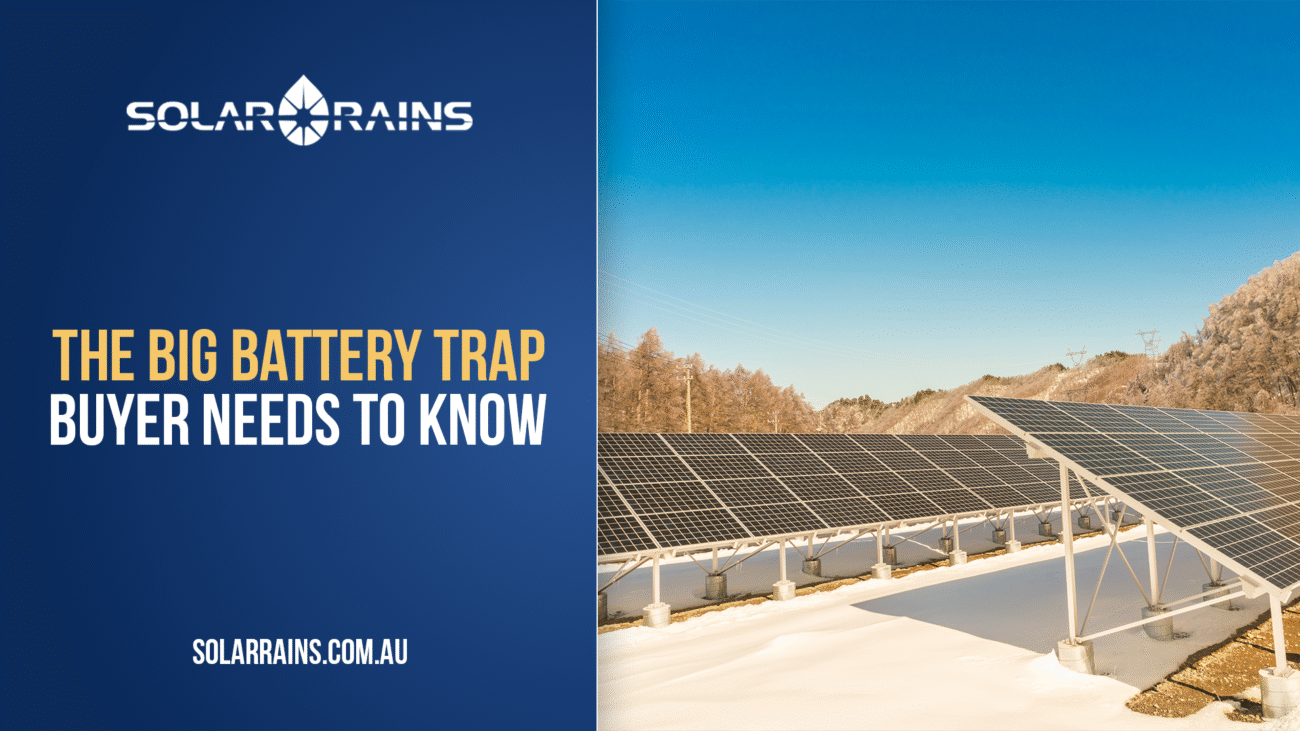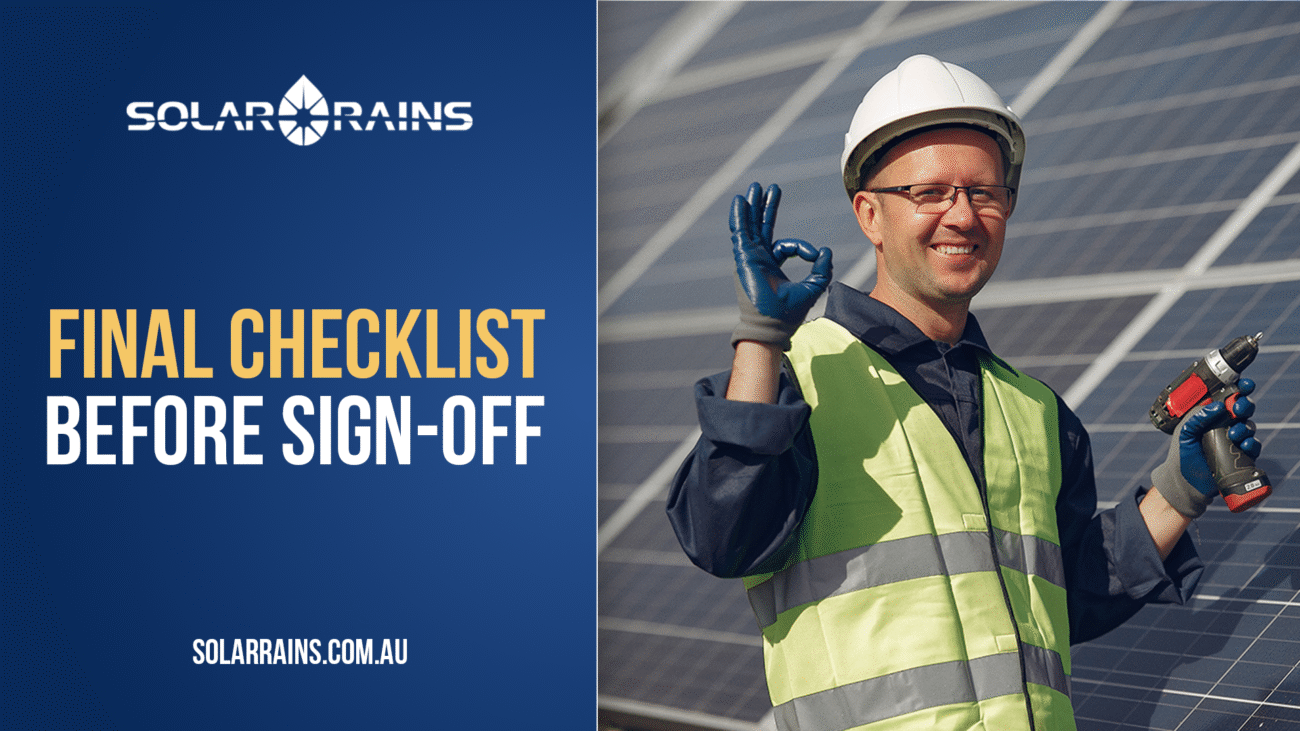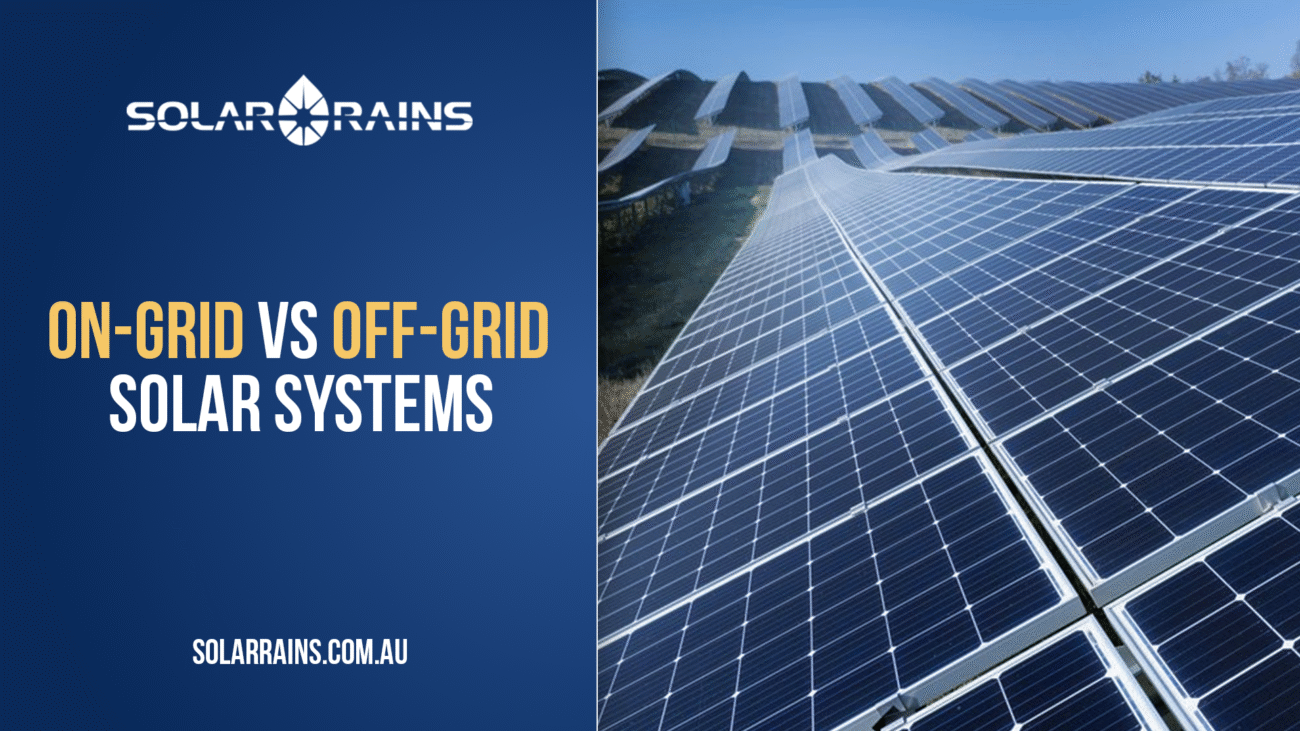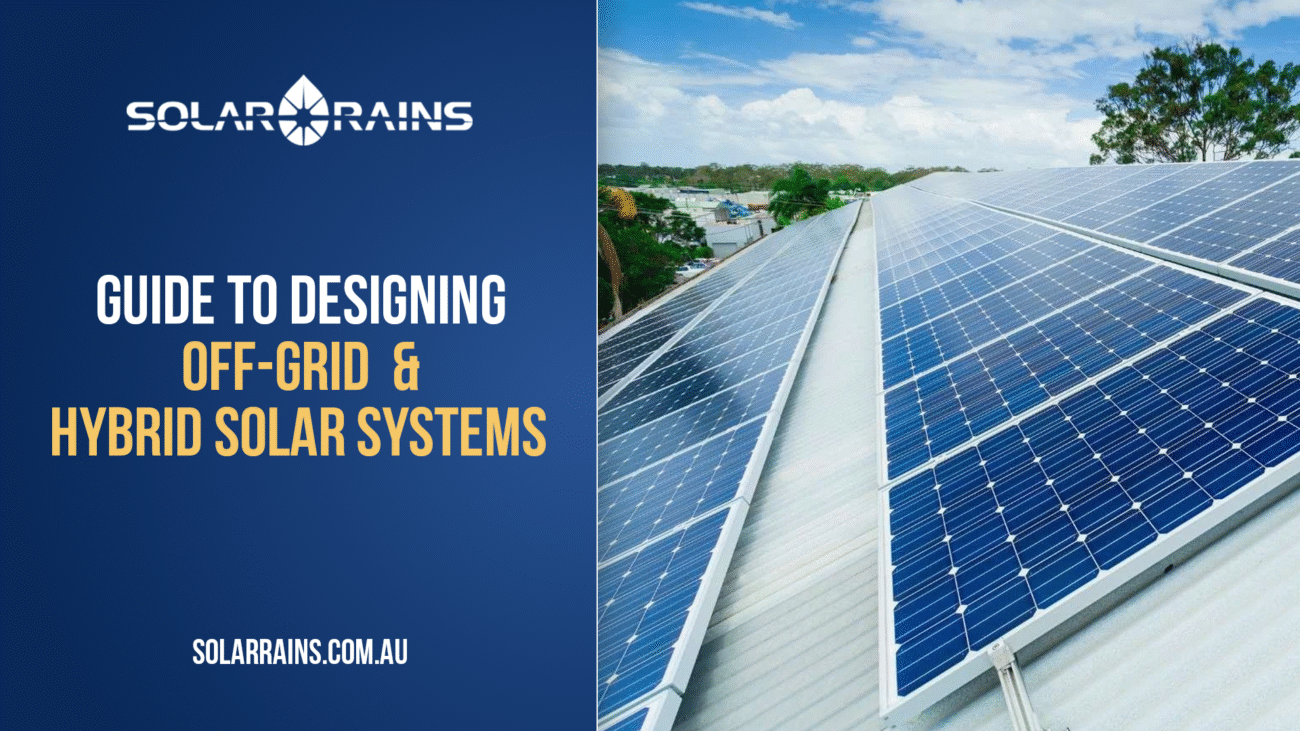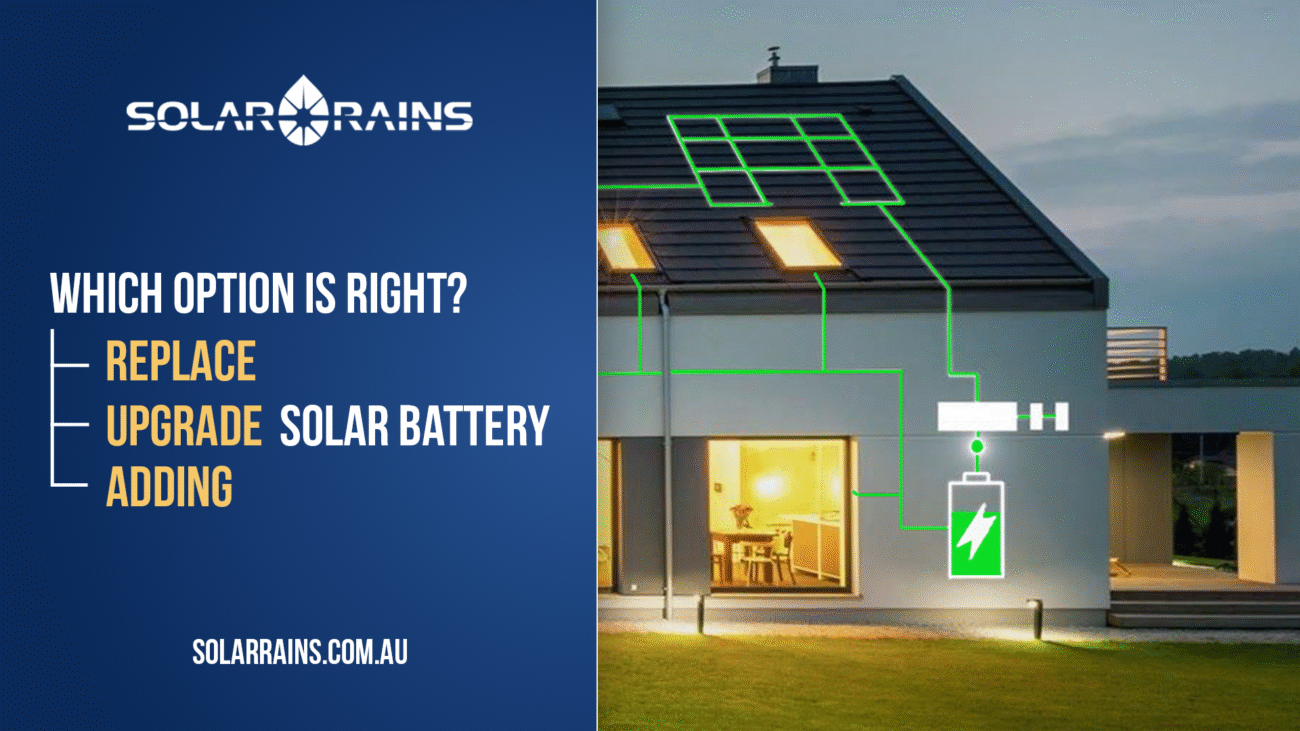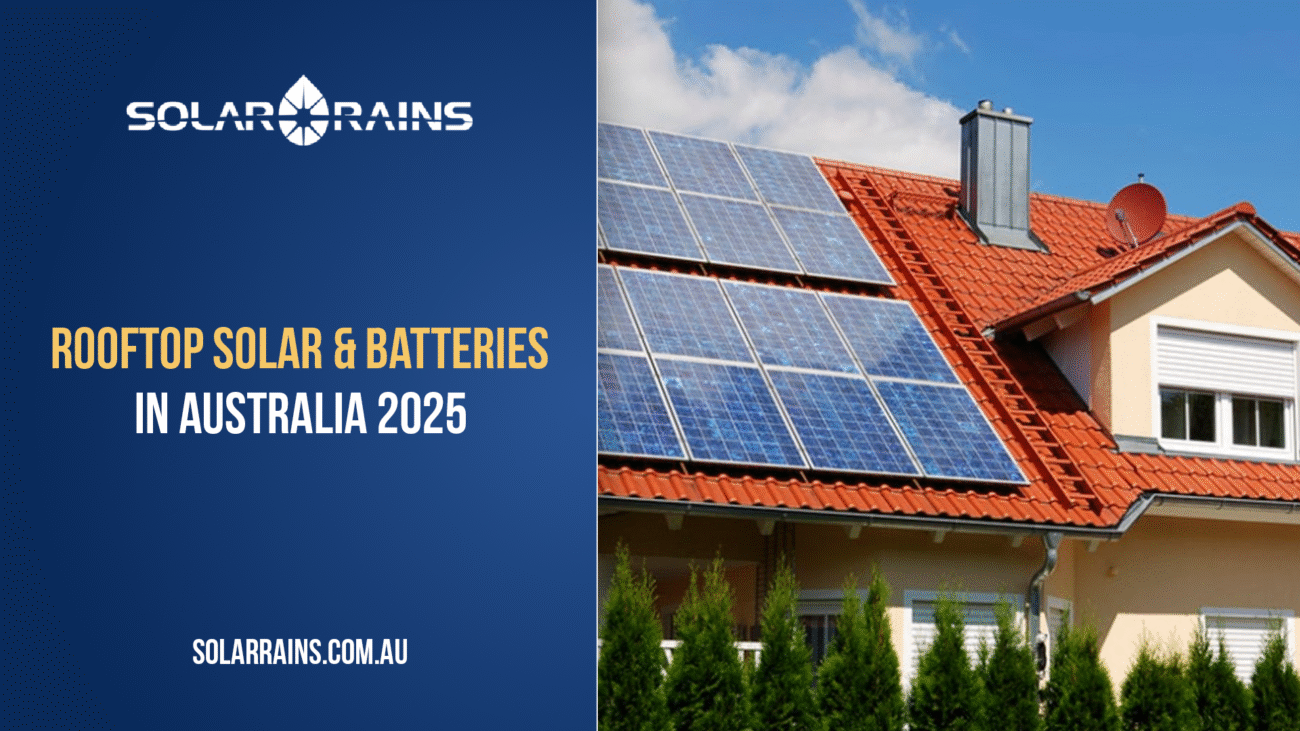Introduction: The Big Battery Trap Unveiled
As electricity prices rise, homeowners across Australia are turning to a solar battery to store energy, reduce bills, and gain backup power. With subsidies and high awareness, the market is booming. But in the rush to buy, many fall into what we call the “Big Battery Trap”, paying for a system that doesn’t actually meet their real power needs.
In this guide, we’ll expose the fine print, explain why a 5 kW label can mislead you, teach you how to fix it, and explore the wider implications for transparency in the industry. By the end, you’ll be equipped to buy smart and avoid regret.
What the Fine Print Reveals
When you compare solar battery quotes, you’ll often see a specification like “5 kW output” or “10 kWh storage”. These numbers matter — but only if you understand what they actually mean.
Experts point out that “kW” measures power output (how much electricity the battery can deliver at one moment), while “kWh” measures energy capacity (how much electricity it can store).
For example: a 5 kW battery may deliver up to 5 kilowatts of power at a moment in time, enough to run some high‑draw appliances. But if the storage capacity is only, say, 7 kWh, that same battery may run at full output for just over an hour. That’s hardly a full evening of use.
This is the first trap: buyers often look at the headline “5 kW solar battery” and assume it will power their entire home through the night. It may not.
Another fine print issue: “peak output” vs. “continuous output”. Some manufacturers advertise a high power figure that can only be used for a few seconds—not sustained over many hours. The quote may not clearly say. A savvy buyer will ask: “What is the continuous power output rating? For how long can it sustain it?”
Understanding this distinction protects you from over‑paying for under‑performing systems.
Why 5 kW Isn’t Enough for Many Homes
Let’s dig deeper into real‑world numbers. Suppose you install a 5 kW solar battery. On label it may look good. But what do you need?
Consider your typical evening scenario: you turn on the kettle (2 kW), microwave (1.2 kW), fridge (running ~0.15 kW but compressor cycling up to maybe 0.8 kW), lights and TV (~0.3 kW). If you run all three high‑draw appliances together, you might exceed 4 kW immediately. A 5 kW battery might handle it—but only if it’s delivering near full power.
What about storage? If your household uses 20 kWh of energy between sunset and bedtime, but your battery is only 10 kWh, you’re already 50% short—unless you offset with solar generation or feed‑in.
Australian guidance shows most households need more than just a headline number.
The trap here: the marketing number looks good on paper but doesn’t align with your actual usage pattern. Many homes need bigger storage and higher continuous power output to genuinely back up major loads. You might be told “it covers your blackout loads” – but if those loads include oven, air‑conditioner, or electric car charger, you’re likely under‑sized.
Can It Be Fixed? Smarter System Design Tips
Yes, you can avoid the trap or correct for it, but only if you ask the right questions and design with clarity.
Know Your Maximum Load
Work out your worst‑case simultaneous loads (kW) and your nightly energy use (kWh). Use your electricity bill to see how many kWh you use after dusk.
Check Inverter & Battery Specs
Don’t rely on “5 kW solar battery” alone. Confirm the continuous power output (kW) and storage capacity (kWh). Ask: “How long can the battery deliver full power?”
Use Load‑Shedding Circuits
A realistic way to make a modest battery work is by identifying critical loads (fridge, lights, modem) and wiring them to a backup circuit, rather than trying to power the whole house.
Choose Modular or Expandable Systems
Buy a solar battery system that allows adding more battery modules or pairing with a hybrid inverter. That future‑proofs you for EVs or added appliances.
Ask About VPP‑Readiness
Some systems join Virtual Power Plants (VPPs) for extra credits, good if your installer mentions it.
Following these design steps means your solar battery won’t just look good, it will work for you.
The Bigger Picture: Industry Transparency & Policy Gaps
While individual customers need to pay attention, there’s a broader issue: the solar battery industry is still maturing and it’s lacking standardised disclosures.
For example, unlike simple labelling for appliances (Energy Star), many battery specs are confusing or inconsistent. One vendor might advertise “5 kW output” while another emphasises “10 kWh storage” without clarifying load duration.
Consumer groups and the Clean Energy Council (CEC) have flagged this. Many buyers are unaware of the difference between kW and kWh — and get sold a system that doesn’t match expectations.
At Solar Rains we believe in full transparency: you should see clear specs, realistic usage examples, and an understanding of what your battery will actually deliver. The trap only exists because many installers don’t simplify these numbers for you.
Regulation is evolving. In coming years, we expect tighter rules around how battery specs are presented to homeowners, which will improve trust and competition.
Conclusion: Don’t Fall for the Trap
The solar battery market offers huge opportunities—but only if you buy smart. Avoid the trap by looking beyond the headline number, understanding what your home actually requires, and ensuring your system is sized for both power (kW) and storage (kWh).
At Solar Rains we guide homeowners to design a system that genuinely delivers value: enough capacity, the right output, and room to grow. If you’re thinking of a solar battery: ask the tough questions now, or risk paying for what you don’t get.
Reach out to us for a tailored review of your energy usage, and ensure your next battery purchase is one that truly works for you.
FAQs
Not necessarily. It depends on your nightly usage (kWh) and simultaneous load (kW). A battery may only run for a couple of hours if your load is high.
kW measures power (rate of energy flow) while kWh measures energy (total amount over time). Knowing both is key when comparing batteries.
Yes, if you buy a system that is modular and designed to expand. Make sure your inverter and battery brand support add‑ons.
No. A large inverter might allow higher power output, but if the battery capacity (kWh) is small, you’ll still run out of stored energy quickly.
Focus on essential loads like fridge, freezer, lighting, WiFi/modem, some outlets. Avoid trying to back up high‑draw loads unless your system is sized accordingly.

